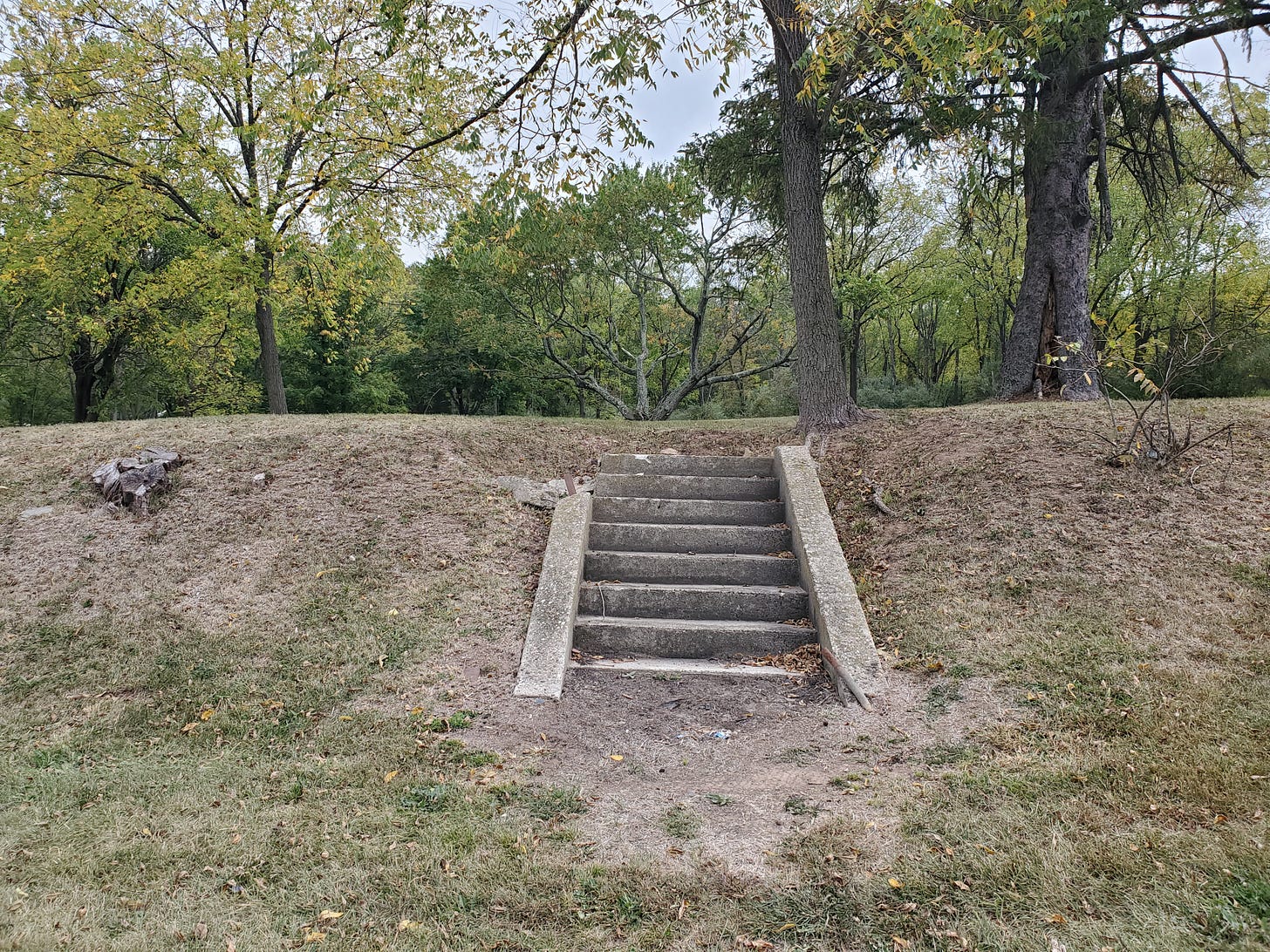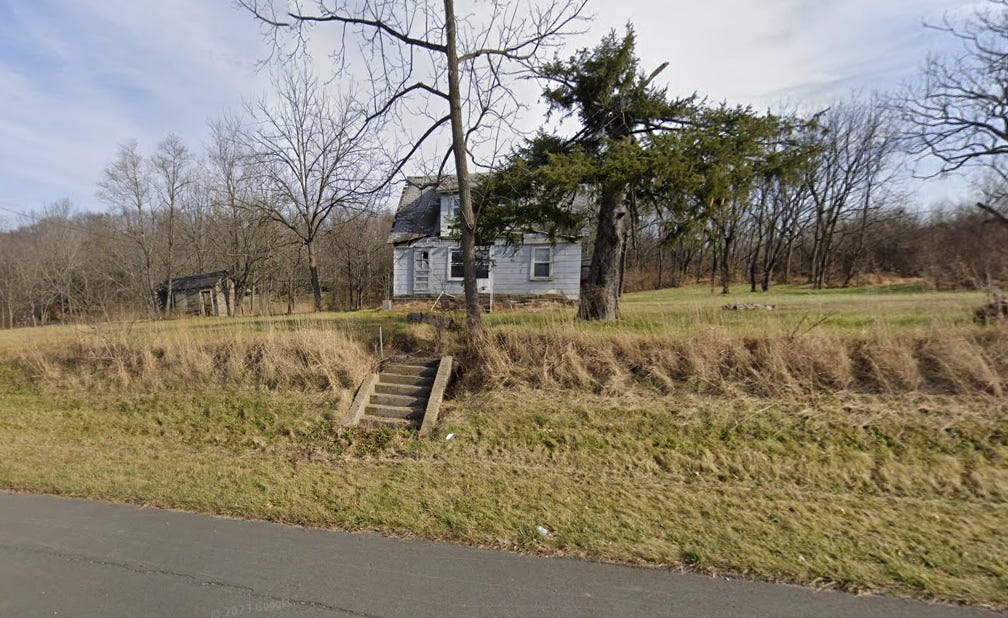I’ve always been fascinated by abandoned buildings and the idea of modern ruins—the things we build and discard on a timescale so fast that you can observe a single site go from forest to construction site to new building to old building to abandoned building to rubble to total abandonment or new construction again, in less than a lifetime. It’s like we’ve sped up the cycle of rise and fall—a little Roman empire in miniature on a commercial lot right near your home.
The first vaguely urbanism-adjacent article I ever wrote—before I could tell you what “urbanism” was—was this piece about an old motel in Branchburg, New Jersey, about 20 minutes from my childhood home. It wasn’t abandoned, and I think it’s still in operation, but it’s not going to be around forever. It’s one of those vintage buildings with a neat old sign that symbolizes a whole culture and way of life that was almost our own—just old enough to begin to become history.
The idea that old buildings serve some cultural or memorial purpose, as well as serve as historical artifacts, leads me to temper my enthusiasm for building things with finding some way to keep or at least remember what came before—to add the new without subtracting the old. There’s an old saying in Catholicism that doctrine grows, not like a snowball but like a tree. I guess that’s how I think our built places should grow.
My best friend and I took a drive through and around our hometown of Flemington, New Jersey last week. I’ve been in Jersey and I always have some new idea to write about when I’m up here. There’s something about adventuring in a familiar place—having a different experience, or seeing a new thing, or an old thing differently—that’s almost more rewarding than actually going somewhere new. There’s something beautiful about getting to know a place the way you get to know a good friend, and implied in that is some expectation that that place will always be there in a way that you can recognize. This is and always has been in my view the highest and most legitimate form of the NIMBY impulse. What animates a lot of my work is reconciling that with the need for places to adapt over time, to change and yet remain the same.
I wrote, once, about antiques and collectibles, and how it feels like all the quirky, neat, valuable stuff was made in the past, and today everything is junk. Who’ll want to collect any of today’s electronics, for example, in 50 years? But maybe that’s mistaking our perception of the past for a fact about it. Nobody thought the mass-produced junk that’s “retro” and “vintage” now would be desirable 50 years later at the time. What I wondered is, what are we making today that people one or two generations later will find interesting and pay good money for on eBay (or whatever serves as eBay then)?
Similarly, I wonder, if instead of mourning every old thing that passes away, can we instead see the newer things that embody whatever it is we loved about the old thing? What captures and embodies, right now, what we think we’ve lost, that we walk by not seeing until it too is gone?
I also want to show you a few pictures. A couple of these are photos I’ve been meaning to get for awhile—they’re tricky because you have to pull into a small driveway and a shoulder and get out of the car—but my friend and I specialize in that kind of thing.
I think this is my favorite picture from the whole road trip:
That’s a set of steps leading up to what was once a little farmhouse, before this stretch of U.S. 202 was a major and pretty high-speed thoroughfare.
Here it is on Google Maps, in 2021:




